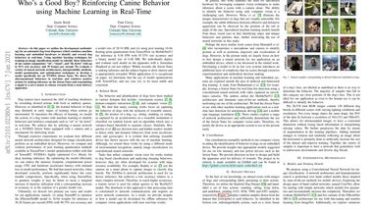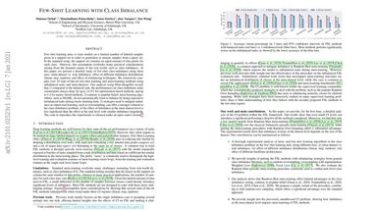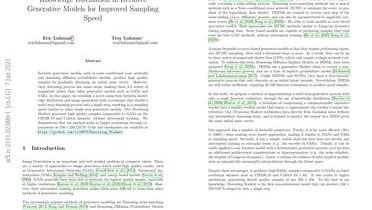Who’s a Good Boy? Reinforcing Canine Behavior using Machine Learning in Real-Time
In this paper we outline the development methodology for an automatic dog treat dispenser which combines machine learning and embedded hardware to identify and reward dog behaviors in real-time. Using machine learning techniques for training an image classification model we identify three behaviors of our canine companions: “sit”, “stand”, and “lie down” with up to 92% test accuracy and 39 frames per second… We evaluate a variety of neural network architectures, interpretability methods, model quantization and optimization techniques to develop […]
Read more







